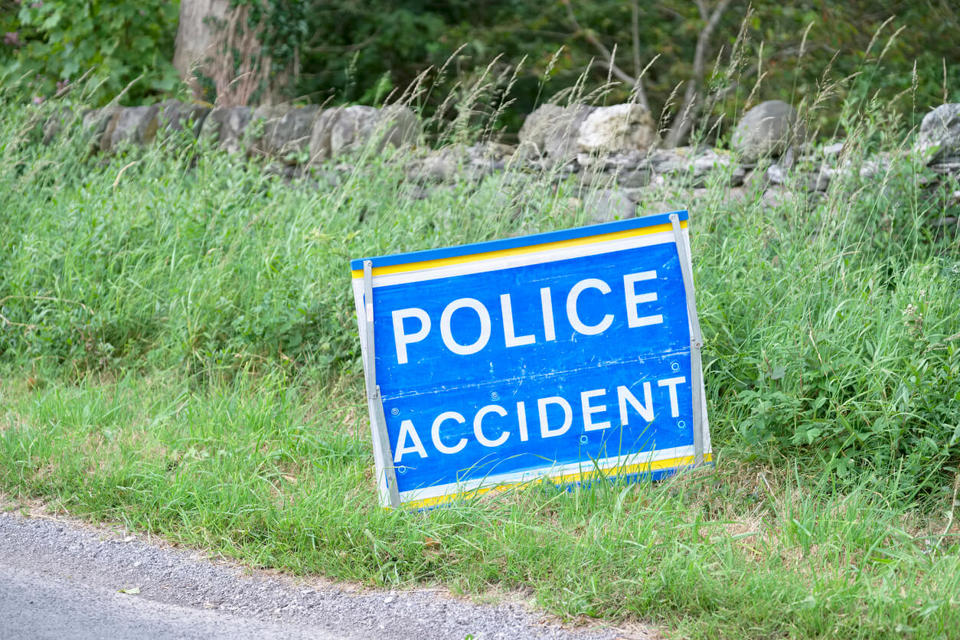Roadsafe has this week been reappointed to run the Driving for Better Business Campaign for the next three years after winning the Department for Transport (DfT) tender.
The safety organisation was originally selected by the DfT four years ago to run the campaign, which was set up in response to the high number of serious and fatal road injuries involving at-work drivers.
The objective remains the same: to reduce the number of fatal and serious road accidents.
At-work fleet drivers are involved in an estimated 850-1,200 fatal accidents every year.
The original concept was based on a steering committee of suppliers to fleets.
Roadsafe now plans to adopt a different approach.
The new structure will comprise a committee of business people who can challenge what the campaign should be doing to achieve its aims.
They will also identify new areas where it can put across its message.
Those business people won’t necessarily be fleet decision-makers, according to Roadsafe director Adrian Walsh.
“It will be people that make financial decisions within companies where fleet people work,” he says.
This steering group will be chaired by BVRLA chief executive John Lewis. It will consist of no more than 10 business leaders and should be finalised by the summer.
Companies who provide services and advice to the fleet world, such as RoSPA and Brake, and who are members of ORSA (Occupational Road Safety Alliance), will be invited to join a stakeholder forum chaired by Rob Gifford, of PACTS.
Both the steering group and stakeholder forum will feed information and intelligence into the Driving for Better Business team.
This will be a small team of people from Roadsafe.
They will be backed by a large network of partner members – currently 12,000 and growing – who are businesses and organisations that are advocates for best practice.
“Driving for Better Business is a campaign to get the message to companies that by investing in good practice you will reduce your costs and make the roads a safer place,” says Walsh.
“We do this through a process of case studies of companies that are business champions.
"We plan to have 20 to 30 business champions at any one time.”
Delivery partners like Fleet News help to get the message out into the market.
While the DfT has a broad objective to reduce the number of crashes, it has not set any fixed targets.
Roadsafe is pushing for this to be part of the DfT’s public consultation on road safety which will be launched this summer.
It is also keen to see the DfT consult on engaging employers.
“If we know that a third of crashes involve someone at work, why don’t we engage employers in achieving targets?” says Walsh. “We should work with them to set and agree targets.”
So what steps can a company take to reduce accidents? First, go to the Driving for Better Business website – www.drivingforbetterbusiness.com – or the DfT website – www.dft.gov.uk
Both provide advice and access to a range of people who can help; lots of it is free advice.
Much is about managing risks and people, for instance, setting rules on mobile phone use and rest times.
“15% of single car crashes on motorways involve drivers that have fallen asleep – at least a third of whom are at-work,” says Walsh.
He blames poor scheduling of meetings which causes people to drive too many hours in order to hit their targets.
Take the delivery driver, for instance, who doesn’t know the order in which to load packages due to a lack of route planning.
He spends more time unloading at each address because the packages are in the wrong order and that puts more pressure on him to drive quickly to make the next delivery time.
It’s the setting of rules that has the biggest impact on safety; the least important is re-training someone how to drive.
“If you have rules in place, people become more responsible when they are on the road,” Walsh says.
“Training seems the most obvious but it should be lower down the list of priorities.”
Walsh adds: “If you don’t set rules, the business liability is at a high level. And if it goes wrong, you are very liable.”
Case study: Why safety means saving money
Balfour Beatty Plant & Fleet Services is a Driving for Better Business champion. Its fleet of 8,500 vehicles includes 4,500 company cars, 3,000 light goods vehicles and 1,000 HGVs.
The company’s driver risk management programme is divided into four areas and is aimed at ensuring its employees meet safe driving standards. It is overseen by project manager James Burrows and delivered by fleet training manager Martin Clark, an ex-Cheshire police traffic officer.
The programme incorporates:
n Drive Safe, Arrive Safe – educational presentations and sessions intended to re-educate drivers in a areas such as defensive driving, drink-driving, hazard perception, mobile phone use and the human cost of road traffic collisions.
n Company Driver E-Learning modules – drivers complete a web-based e-learning module and assessment, demonstrating that they have reviewed and understood the content of the drivers’ handbook.
n The Driver Risk Index (DRI) – web-based technology used to assess driver risk via a psychometric assessment, developed with Cranfield University.
n The Driving simulator – seen as a dual-edged solution mitigating driver risk alongside enhancing fuel efficiency.
Balfour Beatty Plant & Fleet Services managing director Steve Farmer says: “Increased concentration on driver safety awareness and risk mitigation will significantly contribute to reducing the collision cost incurred.
“In addition, there are many associated costs which are not considered in this total. Insurance premiums would also fall with a reduction in road traffic collisions.”














Login to comment
Comments
No comments have been made yet.